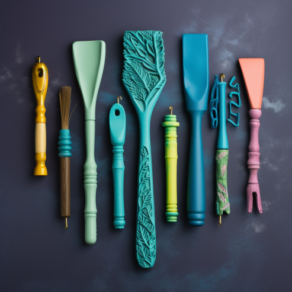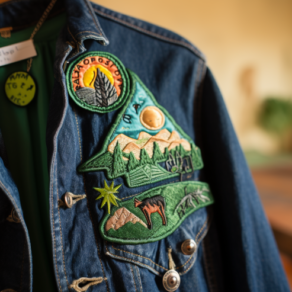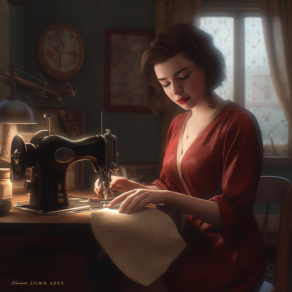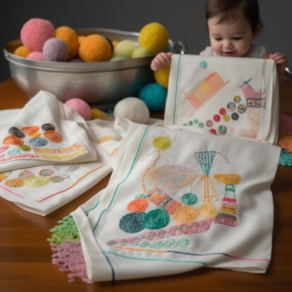How to Embroider a T-shirt
About the Author
Vlada
Hi, my name is Vladislava. I’m a jewelry designer. I create unusual jewelry for women, micro-macrame earrings and bracelets, bib necklace statements with hand-sculpted polymer clay feathers, and floral hair accessories. [READ ALL ARTICLES]








Leave a Comment